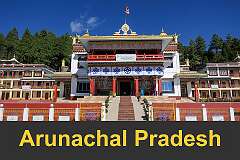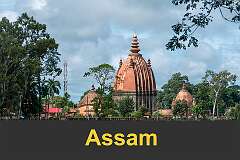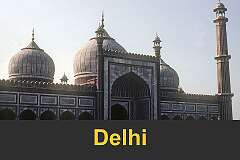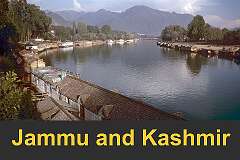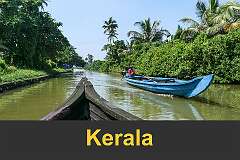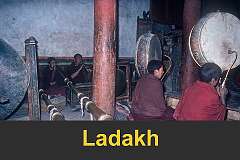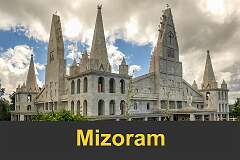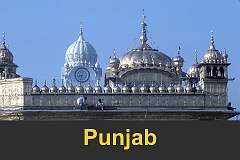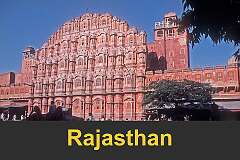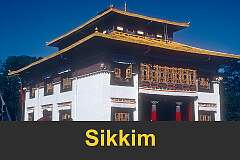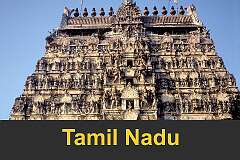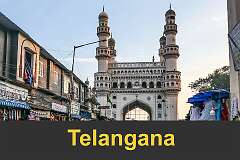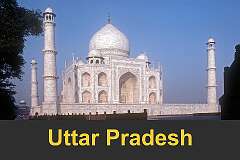India between 1979 and 2023
4 October - 14 December 1979, 11 December 2003 - 1 January 2004 and 23 September - 15 December 2023
India’s history spans thousands of years and encompasses some of the world’s oldest civilisations, major empires, and transformative cultural movements. The story begins with the Indus Valley Civilisation (c. 2500–1500 BCE), known for its planned cities like Harappa and Mohenjo-daro. After its decline, Indo-Aryan groups shaped the Vedic Age, laying the foundations for Hindu philosophy, early political systems, and Sanskrit literature.
By the 6th century BCE, powerful kingdoms emerged, along with new religious ideas—Buddhism and Jainism began here. The Maurya Empire (4th–2nd century BCE), under Ashoka, unified much of the subcontinent and promoted nonviolence and Dharma. Later, the Gupta Empire (4th–6th century CE) ushered in a “Golden Age” of mathematics, astronomy, art, and literature.
From the 12th century onward, northern India saw the rise of the Delhi Sultanate, followed by the magnificent Mughal Empire (16th–18th century), which blended Persian, Central Asian, and Indian traditions and built monuments like the Taj Mahal. Regional powers such as the Marathas, Rajputs, and southern kingdoms also shaped the landscape.
European traders—Portuguese, Dutch, French, and especially British—arrived from the 16th century onward. British dominance culminated in the British Raj (1858–1947). The struggle for independence, led by figures such as Mahatma Gandhi, used nonviolent resistance to end colonial rule.
India became independent in 1947 and became a democratic republic in 1950. Since then, it has grown into one of the world’s largest economies and most diverse societies, blending its ancient heritage with modern innovation.
By the 6th century BCE, powerful kingdoms emerged, along with new religious ideas—Buddhism and Jainism began here. The Maurya Empire (4th–2nd century BCE), under Ashoka, unified much of the subcontinent and promoted nonviolence and Dharma. Later, the Gupta Empire (4th–6th century CE) ushered in a “Golden Age” of mathematics, astronomy, art, and literature.
From the 12th century onward, northern India saw the rise of the Delhi Sultanate, followed by the magnificent Mughal Empire (16th–18th century), which blended Persian, Central Asian, and Indian traditions and built monuments like the Taj Mahal. Regional powers such as the Marathas, Rajputs, and southern kingdoms also shaped the landscape.
European traders—Portuguese, Dutch, French, and especially British—arrived from the 16th century onward. British dominance culminated in the British Raj (1858–1947). The struggle for independence, led by figures such as Mahatma Gandhi, used nonviolent resistance to end colonial rule.
India became independent in 1947 and became a democratic republic in 1950. Since then, it has grown into one of the world’s largest economies and most diverse societies, blending its ancient heritage with modern innovation.



